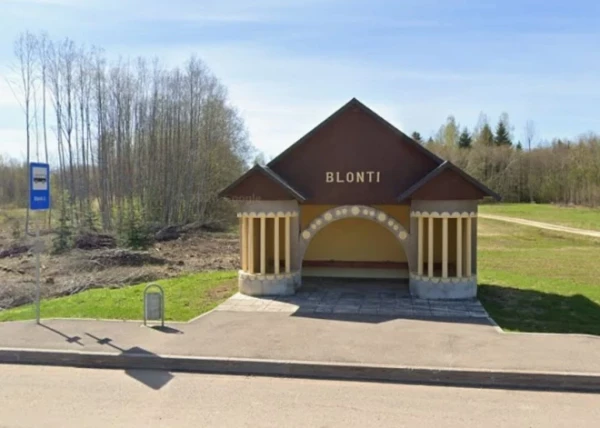
A photograph of the bus stop in Blonti (Ludza region), resembling a miniature castle, has triggered a wave of enthusiasm on Latvian social media.
A photograph of an unusual bus stop in the settlement of Blonti (Ludza region) has sparked a storm of enthusiasm on Latvian social media. Users praised the unique architecture of the structure, comparing it to a small castle and noting that such buildings give a special character to the countryside.
"A real castle! And it’s clean, hats off!" writes one commenter. Another adds, "In Estonia, there are almost everywhere covered stops where you can hide from the rain and wind. Why don’t we have that here?"
However, as it turns out, this striking stop is not a new construction but a remnant of the Soviet past. It was built back in 1987, during the times of the famous Kirov collective farm. The project was developed by the then-chairman of the collective farm, Leonard Stashs. Local residents say that the stop is still maintained in excellent condition — its cleanliness and appearance are looked after by the local municipality.
The residents of Blonti take pride in their "miniature landmark." The stop is located on the Ludza–Karsava highway, about eight kilometers from Ludza. Buses run from Ludza to Karsava to Rezekne, from Rezekne to Karsava to Ludza, as well as from Karsava to Riga and from Riga to Karsava.
"We, the people of Blonti, really take pride in our stop," writes one local resident. "It is well-kept, clean, and still pleasing to the eye. There is no urban hustle and bustle here, and it’s good that way."
Some users in the comments recalled that similar "monumental" stops used to stand in other regions, such as in Tireli (Jelgava region), but over time they were replaced with standard designs.



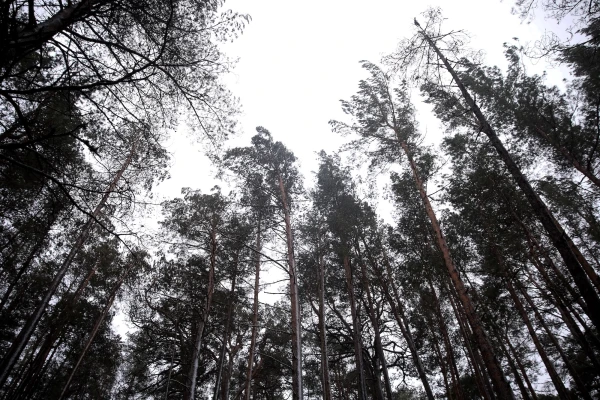


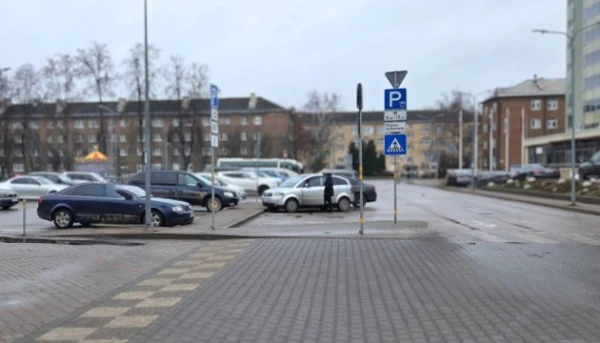


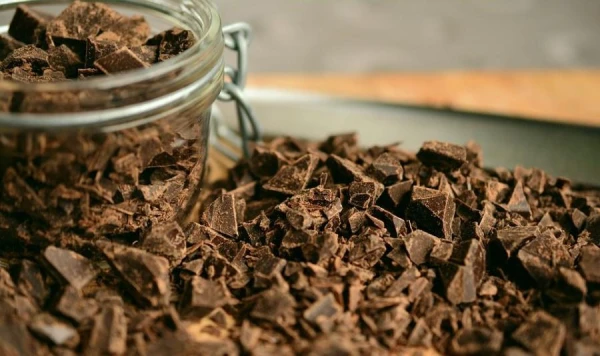




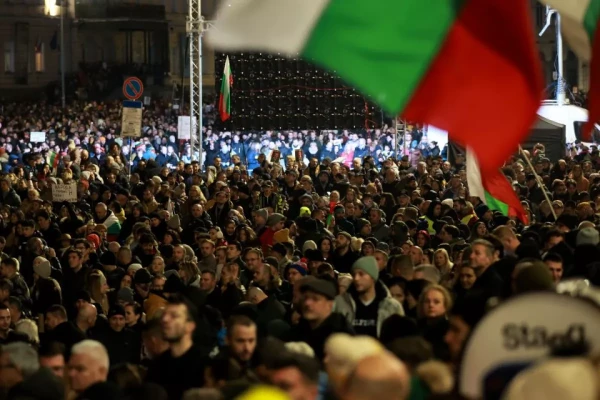
Leave a comment